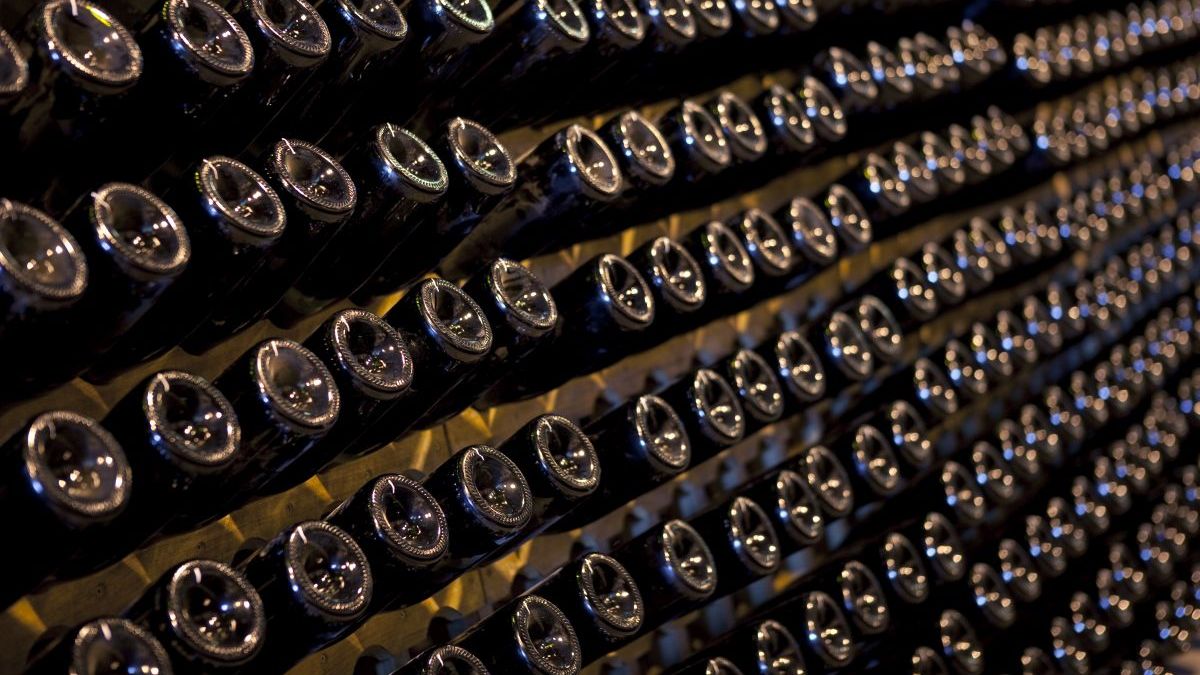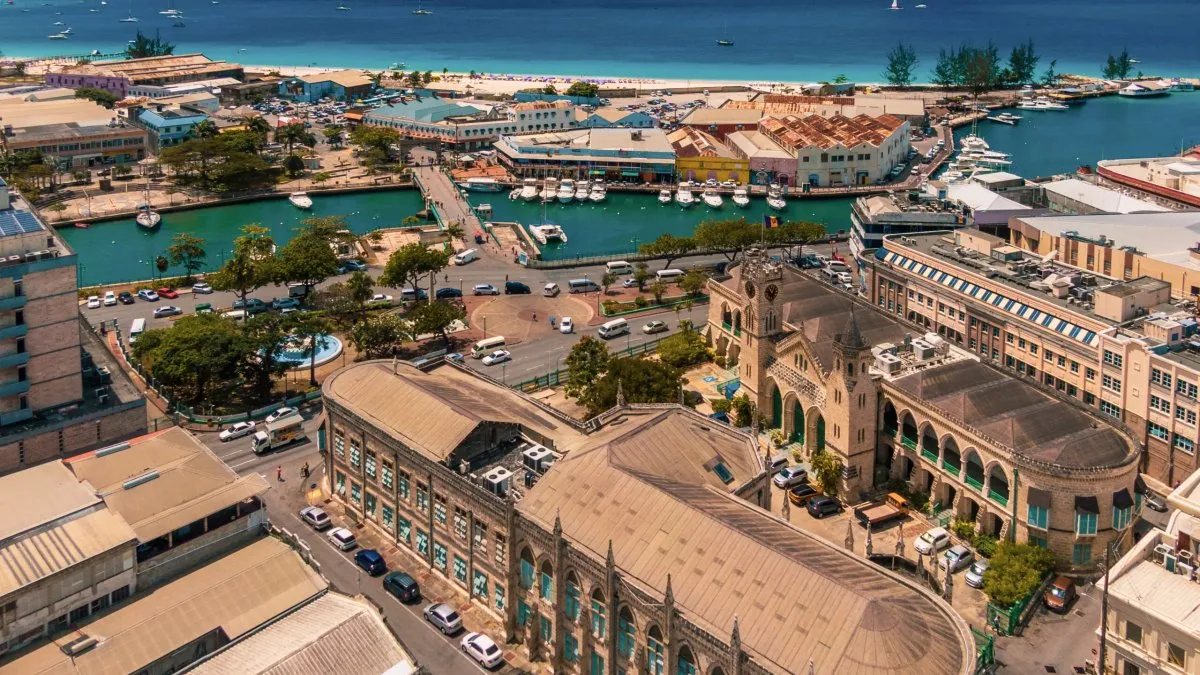In the case of Mendoza, a decrease of 14% is estimated in relation to the 2021 production, which could have been due to the late frosts during the first week of October 2021 and the different hail storms produced between December and February 2022, he explained. the organism.
In the INV statement, its president, Martín Hinojosa, highlighted “the important and valuable collaboration of the participating entities that made it possible to considerably increase the total number of plots evaluated by INV technicians.”
Hinojosa recalled that the INV presents two production estimate reports.
The first of them, published on February 1, for the provinces of San Juan, La Rioja, Catamarca and Salta, the northern zone; and the second corresponds to the central and southern part of the country, including Mendoza, Neuquén, Río Negro, La Pampa and Chubut.
“This is due to the fact that we take into consideration the location of the main productive regions of Argentina, which determine different moments of maturity of the grape, for this reason two reports are presented. The data is reported after the field work carried out up to and including February 11, ”he added.
The methodology incorporates in the measurements data provided by public organizations and private entities from all the wine regions of the country, such as INTA, and private sector entities such as Acovi, the Association of Viñateros de Mendoza, Aproem, the Professional Council of Graduates in Oenology de Mendoza, Cambio Rural, the CREA groups, the San Juan Winemakers Center, the San Juan Viñateros Federation, the San Juan Wine Chamber and the La Riojana Cooperative, among others.
Source: Ambito
David William is a talented author who has made a name for himself in the world of writing. He is a professional author who writes on a wide range of topics, from general interest to opinion news. David is currently working as a writer at 24 hours worlds where he brings his unique perspective and in-depth research to his articles, making them both informative and engaging.




